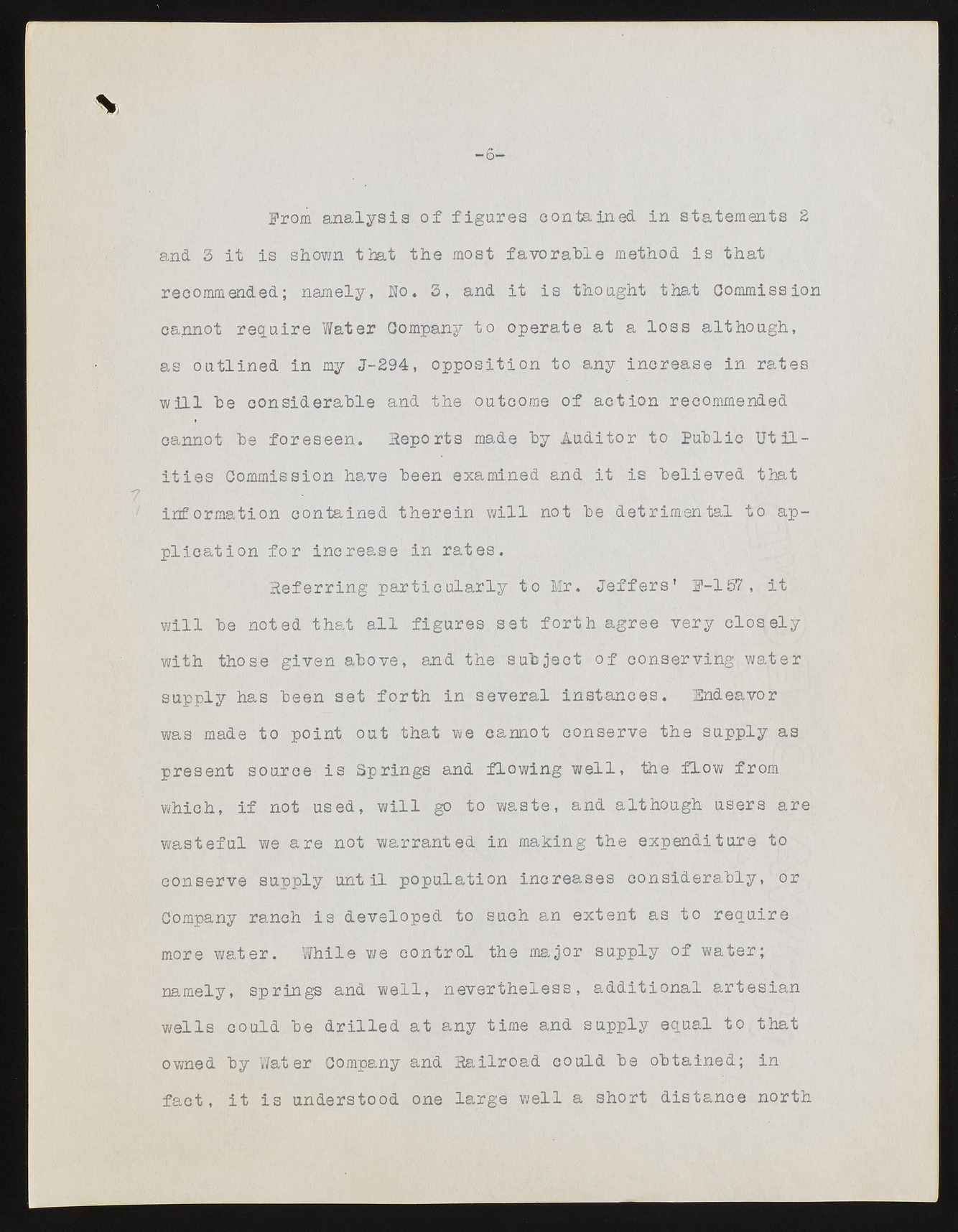Copyright & Fair-use Agreement
UNLV Special Collections provides copies of materials to facilitate private study, scholarship, or research. Material not in the public domain may be used according to fair use of copyrighted materials as defined by copyright law. Please cite us.
Please note that UNLV may not own the copyright to these materials and cannot provide permission to publish or distribute materials when UNLV is not the copyright holder. The user is solely responsible for determining the copyright status of materials and obtaining permission to use material from the copyright holder and for determining whether any permissions relating to any other rights are necessary for the intended use, and for obtaining all required permissions beyond that allowed by fair use.
Read more about our reproduction and use policy.
I agree.Information
Digital ID
Permalink
Details
More Info
Rights
Digital Provenance
Publisher
Transcription
N — From analysis o f figures contained in statements 2 and 3 it is shown that the most favorable method is that recommended; namely, No. 3, and it is thought that Commission cannot require Water Company to operate at a loss although, as outlined in my J-294, opposition to any increase in rates w ill he considerable and the outcome o f action recommended cannot be foreseen. Reports made by Auditor to Public U t ilit ie s Commission have been examined and it is believed that information contained therein w ill not be detrimental to app lica tion fo r increase in rates. Referring particu larly to Mr. J effers' F-157 , i t w ill be noted that a ll figures set fo rth agree very closely with those given above, and the subject o f conserving water supply has been set forth in several instances. Endeavor was made to point out that we cannot conserve the supply as present source is Springs and flowing w e ll, the flow from which, i f not used, w ill go to waste, and although users are wasteful we are not warranted in making the expenditure to conserve supply until population increases considerably, or Company ranch is developed to such an extent as to require more water. While we control the major supply of water; namely, springs and w ell, nevertheless, additional artesian wells could be d rille d at any time and supply equal to that owned by Water Company and Hailroad could be obtained; in fa ct, i t is understood one large w ell a short distance north

